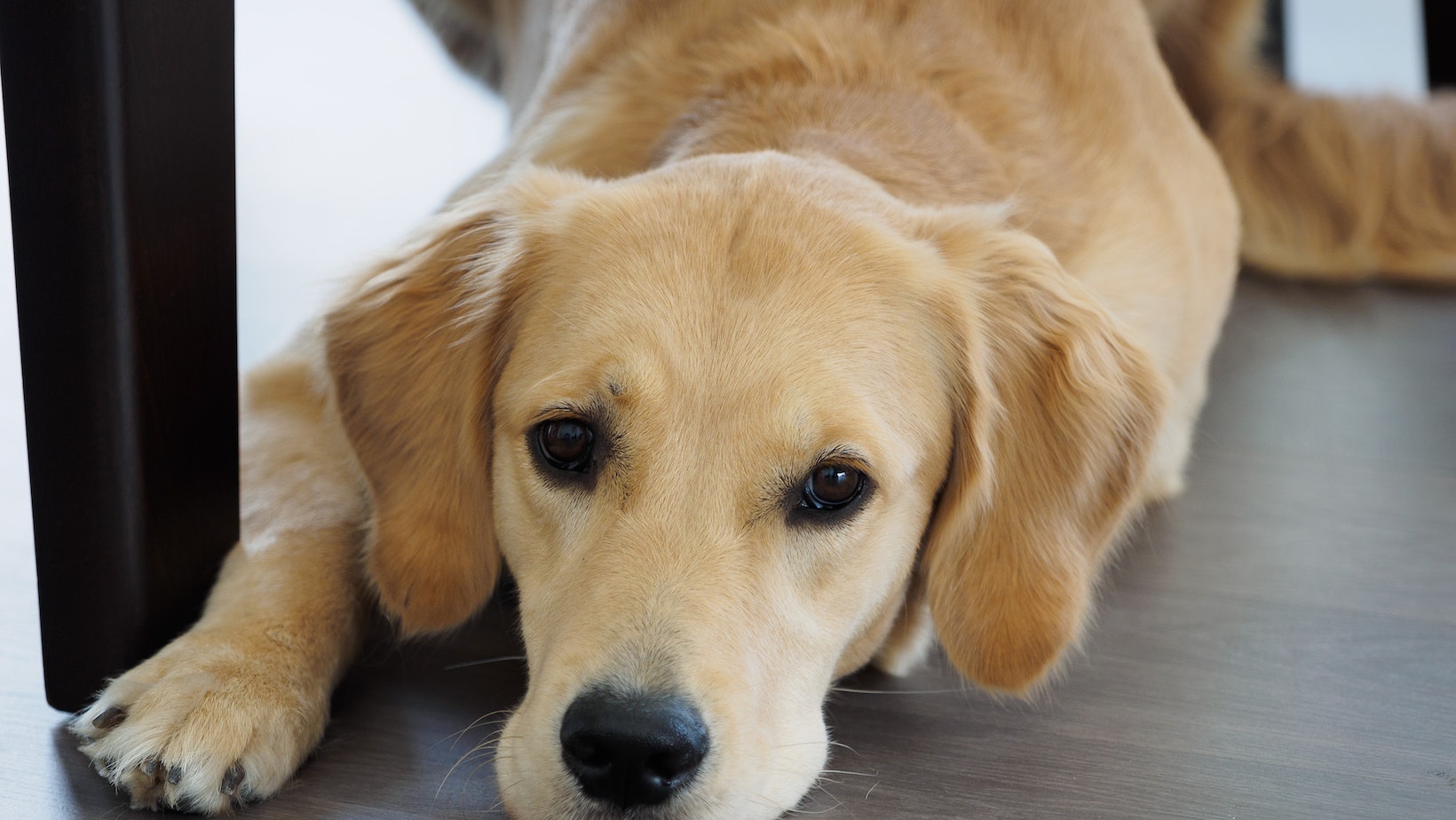Training an older dog to be comfortable when left alone can be a challenging task, but with patience and consistency, it is definitely achievable. If you have a Labrador or any other breed of older dog that struggles with separation anxiety or becomes restless when left alone, here are some tips to help you train them:
How to Train an Older Dog to Be Left Alone
As a dog owner, one of the challenges you may face is training your older dog to be left alone. Whether you have a Labrador or any other breed, it’s essential to approach this process with patience and understanding. Older dogs often have established habits and routines, making it more difficult for them to adjust to being alone. In this section, we’ll explore some effective training techniques, the importance of establishing a routine, and how building trust and confidence can help your older dog adapt.
Effective Training Techniques
When training an older dog to be left alone, it’s crucial to use positive reinforcement methods. This means rewarding desired behaviors rather than punishing unwanted ones. Positive reinforcement can include treats, praise, or even playtime as a way to motivate and encourage your dog.
Here are some specific techniques that can be effective:
- Gradual Separation: Start by leaving your dog alone for short periods and gradually increase the duration over time. This helps them become accustomed to being alone without feeling anxious or stressed.
- Crate Training: Introduce crate training as a safe space for your dog when you’re not around. Make sure the crate is comfortable with familiar bedding and toys so that they associate it with positive experiences.
- Desensitization: Gradually expose your older dog to triggers that typically cause anxiety when left alone, such as picking up keys or putting on shoes. By desensitizing them through repeated exposure at low intensity levels, you can help reduce their stress response.

Gradual Introduction to Alone Time
When it comes to training an older dog to be left alone, a gradual approach is key. Start by introducing short alone time sessions to help your furry companion adjust and build confidence. Begin with just a few minutes of separation and gradually increase the duration over time.
During these initial sessions, create a comfortable and safe space for your dog. Set up their favorite bed or blanket in a designated area where they can relax while you step away. Ensure that the environment is calm and free from distractions that may cause anxiety or restlessness.
Remember, positive association is crucial during this process. Before leaving, offer some treats or engage in a quick play session to make the experience enjoyable for your dog. By associating alone time with positive rewards, you’ll encourage them to view it as a pleasant and rewarding experience.
Using Positive Reinforcement
Positive reinforcement is an effective tool when training an older dog to be left alone. Whenever your dog demonstrates calm behavior during alone time, reward them with praise and treats. This will reinforce their understanding that being alone is not only tolerable but also something worth looking forward to.
Consider using interactive toys or treat-dispensing puzzles during solo sessions. These engaging activities will keep your dog mentally stimulated while providing a distraction from any potential anxiety they may feel when left alone.
It’s important to note that consistency plays a vital role in training dogs of any age. Establishing a routine for regular alone time sessions will help your furry friend develop trust and confidence in being left on their own.
Managing Your Dog’s Anxiety
Some older dogs may experience separation anxiety when left alone. To manage this anxiety, there are several strategies you can employ:
- Desensitization: Gradually expose your dog to the triggers associated with being left alone, such as picking up keys or putting on shoes, without actually leaving the house. This will help them become accustomed to these cues and reduce their anxiety response.
- Calming Techniques: Utilize calming techniques, such as playing soft music or using pheromone diffusers, to create a soothing environment for your dog. These tools can help alleviate anxiety and promote relaxation.
- Professional Guidance: If your dog’s separation anxiety becomes severe or persistent, it may be beneficial to seek guidance from a professional dog trainer or behaviorist. They can provide specialized training techniques and support tailored to your dog’s specific needs.
By gradually introducing alone time, utilizing positive reinforcement, and managing any potential anxiety, you can successfully train an older Labrador (or any breed) to be left alone with confidence and peace of mind. Remember that every dog is unique, so be patient and adapt your approach based on their individual temperament and progress.